Up Close with Freston Dig archeologist Tristan Carter
By Derek Davis 25th Feb 2024
By Derek Davis 25th Feb 2024

Forget Sutton Hoo, the Shotley peninsula has its very own archaeological dig of world wide significance going on right under our noses and Nub News went to meet lead archeologist - Professor Tristan Carter.
Despite being an even larger area than Ipswich Town's Portman Road ground, complete with training pitches, the site being worked on by the Freston Archaeological Research Mission (FARM) is rarely given a second glance as they make their way between along the A1080 between the ancient village and Holbrook.
For those that know the area, the Freston Dig is nestled on the eastern part of the road at Home Farm, while the western part falls within the boundaries of Potash and Turkey farms, with the Latimer cottages in the centre and as mentioned is whopping 8.55 hectares.
To be fair there is actually little to see from ground level unless you are actually helping to dig out the artefacts going back 5,800 years, and buried two metres (six feet) deep into the countryside., it is only from the air that you can get a clear understanding of the lay out.
It was due to aerial photography that the Neolithic site was discovered by Roger Balmer in 1969 and listed as a scheduled monument by English Heritage in 1976, with its concentric double bank-and-ditch system along with numerous entrances and causeways, provoking intrigue.
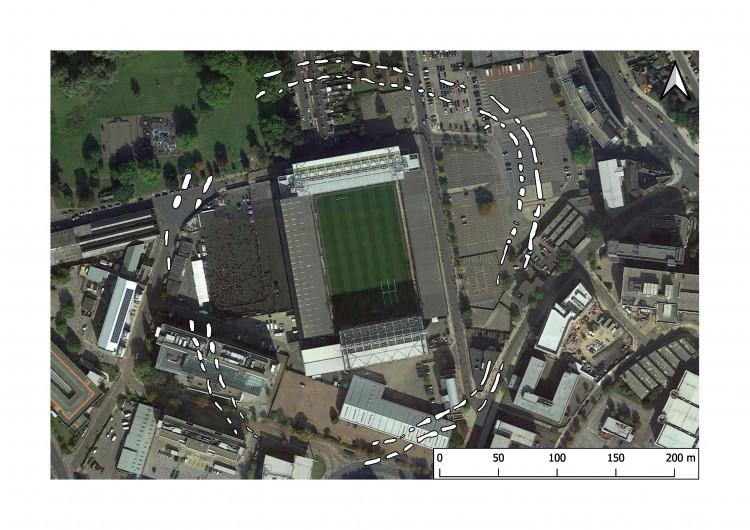
Originally from Ipswich Prof Carter has used the Canadian government research funding from its Social Sciences and humanities Research Council to put together small team and start meticulously excavating.
The lecturer at McMasters University in Hamilton, Ontario, explained the wider significance of the Freston site and said: "Yes we are interested in the first farmers in Suffolk, yes we are interested in exactly what happened in Freston but all these questions are nested in the larger questions and that is what attracts the money," said professor Carter.
"You can nerd out all you like about this in Freston but it needs to contribute to the wider debate."
"It is not just specifically about what is at that locale but in Freston the question has world interest due to its interest in the introduction of agriculture.
"We know agriculture was invented independently in five or six different places in the world and we are interested in see how Freston was part of that.
"How did that new way of living work? Was it the spread of people, ideas, the nature of the interaction between migrants and the indigenous people.
"Also, the key aspect about Freston was it was nearly huge gathering space with people coming together and we can learn about what those people did in those gatherings or the tensions that came from that."
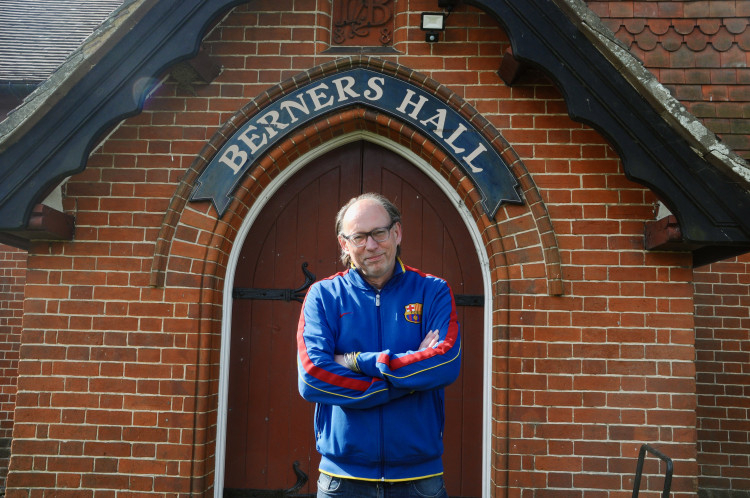
Research has shown the Shotley peninsula was at the forefront of immigration and then attracted other tribes from across the county to gather.
"Farming has only been in existence for 6,000 years and this setting at Freston was at the forefront of that. Evidence is that there were farmers coming from the continent.
"It is an early example that in the first couple of hundred of yers of migrants coming into Britain from the continent and as far as we know farming was the fundamental way of living here.
"We know East Anglia is a region with a turn over of people from Europe, you only need to walk through Ipswich now and see the variety of food to see, and Freston is a very early example of that.
"99% of the time you and will be eating food grown on a farm, or herded from a farm and that's a fundamental way of living.
"You could not have cities or towns without farming."
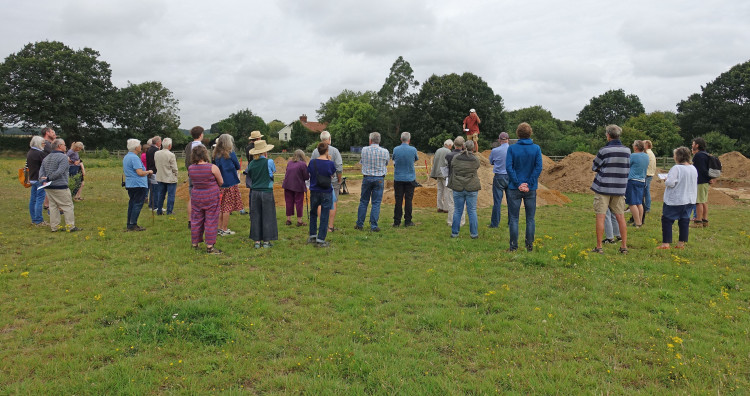
The importance and relevance of farming is as evident today as it was 6,000 years ago and professor Carter's FARM team are out to show just how significant the Freston Dig is in the history of agriculture but also the wider reason why Freston was such an attraction for centuries.
He said: "Originally when the site was founding 1969 Roger Balmer thought the position was very dominate because you can see over Orwell and Stour, but we now believe it was because it was central to natural spring, which were symbolically and religiously important to them.
"The question we want to answer going forward is how important the site was before the farmers came to meet there? Was it already an important gathering place for the indigenous people before that?
"We know that there were large hunter gatherer sites nearby so the question is what happens when a bunch of foreigners come sin. Is there inter-marriage, is there conflict, so we are struggling to understand why this place.
"The chances are it is an important location and it is down to us to find out why."
From the artefacts found, experts are sure farmers that came across lived in hamlets but met up for special occasions, like the solstice and the gathering place at Freston.
Professor Carter added: "It was probably a mash up of village hall, church or pub with people not living here, just camping here.
"It would have been a huge task to build trenches and mounds, involving hundreds of people and taking months."
Among the items discovered and on display at Berners Hall, where Professor Carter and his team have been sorting, collating and researching are; fabric, pottery , bowls, cups.
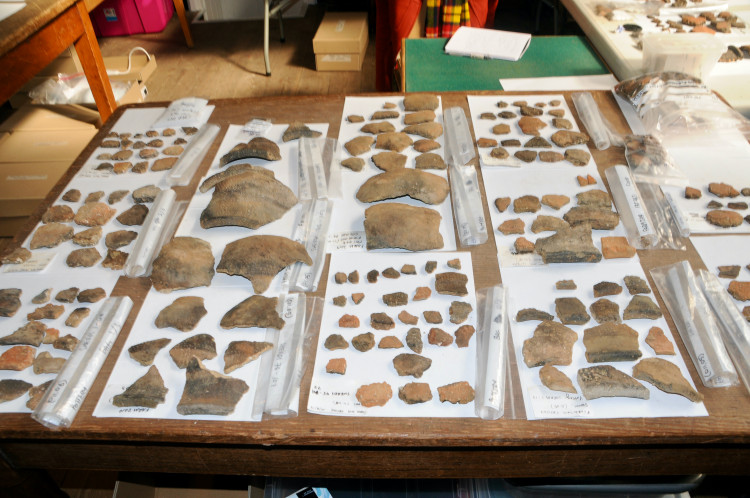
He said: "They are all hand made in the earlier Britain and the style is very localised to where the farmers would have come from.
"Some come from south west, showing where people are coming from and many travelling long distances.
Due to the soil's acidity few bones remain and the depth of the dig shows sand and gravel of the earth indicates glaciers moved the soil here.
Twenty pieces of the 5,800 year old artefacts on display, along with their remains of food and drink have been sent to the British Museum so they can find what was in pots originally. they are helped by British Museum bigwig Carl Heron, who is also from Ipswich.
Professor Carter explained: "Although we are a small team we are well connected with scientific divisions in the British museum and we can use facilities in candy to help with carbon dating, so we can utilise a lot of techniques to maximise the data."
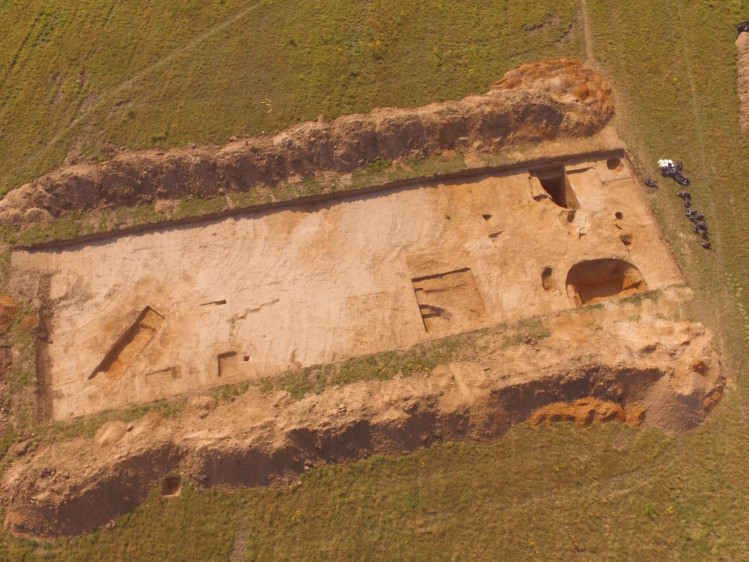
As the Freston Dig is a scheduled monument protected by Historic England, restricting what the FARM archaeological team can do, professor Carter is looking for volunteers for when they return in September.
As part of that recruitment professor Crater has held a series of talks, with the next one on Thursday at Berners Hall.
He said: ''We hope to increase our footprint on the site, which is why we need more volunteers, and that is the reason for talks.
"We want to share as much information with people on the peninsula as possible as it is their heritage as much as anyones.
"It is all private land and while we have good relationship with farmers we want to share information through talks, Nub News than people visiting.""
Volunteers studying next year will be more excavating depending on grant and extending site not just digging but lots of other tasks behind the scenes

Although the Freston site is 500 years older than Stonehedge, but professor Carter insisted it will never be another Sutton Hoo.
"There is nothing to see, it is a fairly dull phenomenon."
FARM is hoping there can be some sort of a permanent display in a museum on the peninsula, either at Berners Hall or somewhere else on the peninsula, which is rich in history and it would not contain just Ganges artefacts.
Then everyone will know about the Freston Dig, without trampling on the land.
There are a few remaining tickets from Thursday's Freston's Neolithic Causewayed Enclosure talk by contacting Simon Pearce. Email: [email protected] - 01473780009 or 07825708171.
CHECK OUT OUR Jobs Section HERE!
felixstowe vacancies updated hourly!
Click here to see more: felixstowe jobs
Share:


